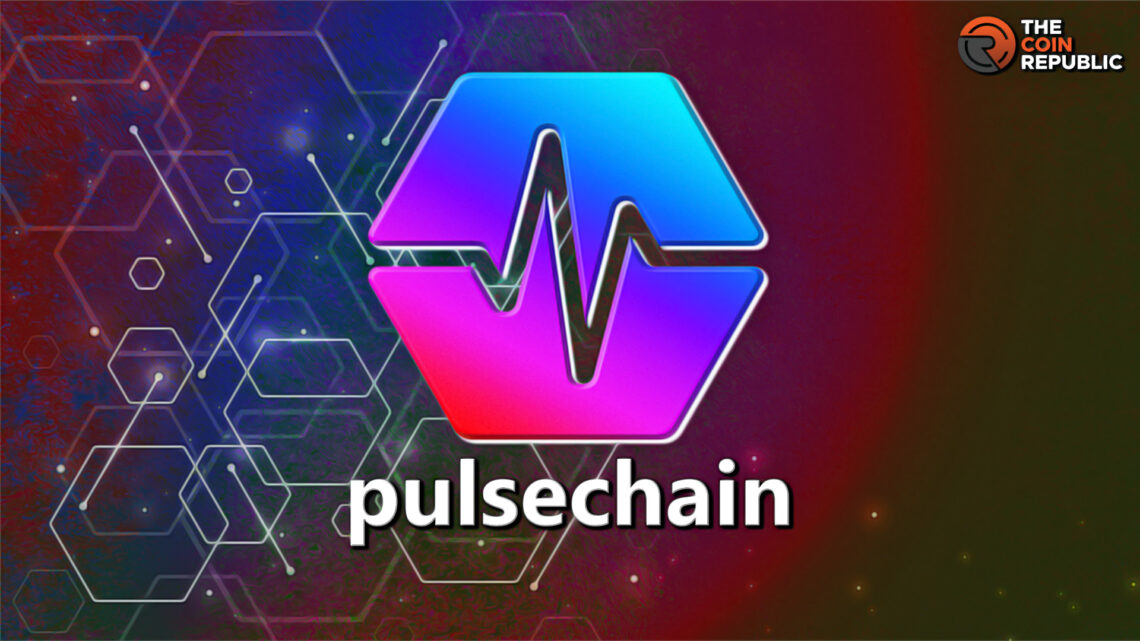- 1 A hard fork of Ethereum, Pulsechain performs well in upgrading the network on many fronts.
- 2 It establishes a whole new ecosystem that drives participation on the basis of donations.
- 3 The project encourages users to strengthen the crypto community with support and reliability.
Pulsechain: Introduction
Pulsechain is a Layer-1 blockchain that was introduced as a hard fork of Ethereum. Famous YouTuber, entrepreneur, and crypto enthusiast Richard Heart introduced this project. He used an Initial Coin Offering (ICO) to raise funds for it. In the whitepaper, Heart termed it as an improved version of ETH. Pulsechain enabled the users to create a free copy of their tokens and NFTs.
He also claimed it to be more eco-friendly with more modifications in the network. It came with its own native token called PLS. The holders could use them for transactions, validations, and to connect with other chains. Furthermore, Pulsechain has a faster block time of 10 seconds compared to 12 seconds of Ethereum. It creates a whole-new ecosystem that works on the “sacrifice” system.
Understand Pulsechain Functionality
In order to get PLS tokens, users need to donate to any cryptocurrency or fiat. The network shows a list of supported addresses where these alms have to be made. The larger the amount of sacrifice, the more PLS they receive. Pulse also has its own decentralized exchange called PulseX. In terms of functionality, it’s quite similar to Uniswap.
Pulse network allows the users to swap any ERC-20 token or NFT. It also lets them burn a significant portion of the fee to maintain the supply. It is currently live on the mainnet giving access to all crypto users.
To get it, token holders need to set their MetaMask to the Pulse RPC endpoint. For viewing the transactions and balances, they can use PulseScan block explorer.
How does Pulsechain Tokenomics Work?
Pulsechain’s native token PLS comes with multiple functions. The tokens were launched with a fixed supply of four trillion tokens that were distributed during the sacrifice phase. The phase raised a total of $700 million and ended on 22 August 2021. The project focused on raising money for medical research and other philanthropic causes.
Factors that Make PLS Different From Other Tokens:
- PLS maintains its supply by burning a certain number of tokens.
- Pulsechain implements EIP-1559. It’s a distinct network that charges a fee and routes it to the validators.
- PLS is a freemium service that offers something to everyone. The ETH holders don’t have to pay anything to execute transactions.
- Deploying a Proof-of-Stake consensus mechanism helps users stake more tokens. This expedites the activation of validators and earning of rewards to secure the network.
Impact of Pulsechain on Crypto Space
Pulsechain reduces the computational strain on a blockchain. As a result, it ameliorates functionality and gives more possibilities. It provides better insights into the network’s history and token. With a faster and open-source blockchain, it becomes a more cost-effective option. It is the first hard fork that does actual improvements in the mechanism.
It facilitates smart contract interactions while giving easier access to records. With a programmable blockchain, it solves many issues that other decentralized ecosystems face. Moreover, it brings more scalability and expedites transactions. It becomes a go-to option for businesses and developers seeking a reliable network.
Mr. Pratik chadhokar is an Indian Forex, Cryptocurrencies and Financial Market Advisor and analyst with a background in IT and Financial market Strategist. He specialises in market strategies and technical analysis and has spent over a year as a financial markets contributor and observer. He possesses strong technical analytical skills and is well known for his entertaining and informative analysis of the Financial markets.


 Home
Home News
News






